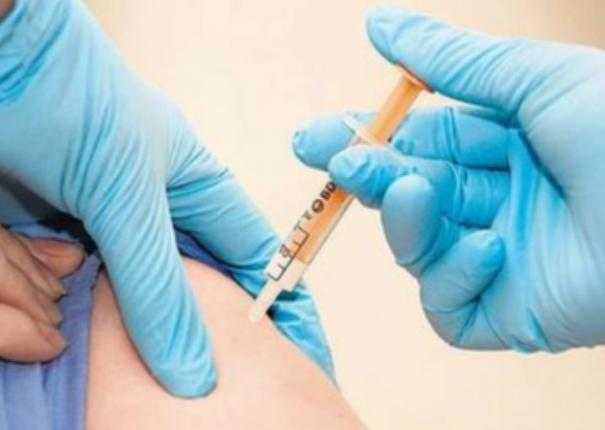
Flavonoid molecules, like rugosaflavonoids, podocarflavone, and isoflavone found to inhibit tuberculosis and chikungunya, have so far been isolated from plants. For the first time, scientists have unearthed the route to synthesize the molecules in the lab, paving the path for ensuring their availability at all seasons without overexploiting the medicinal plants that contain them.
Scientists from Agharkar Research Institute (ARI), Pune, an autonomous institute of the Department of Science and Technology (DST), Govt. of India, have come up with the first synthetic route for producing flavonoids molecules related to the treatment of tuberculosis and chikungunya. Preliminary indications have been witnessed regarding probable treatment response to COVID 19.
According to the recent work published in the peer-reviewed scientific journal, ‘ACS Omega’ by Dr. Pratibha Srivastava and her team from ARI have developed the first total synthesis of flavonoids such as rugosaflavonoids, podocarflavone, and isoflavone. ‘Rugosaflavonoid A’ is reported from a Chinese medicinal plant Rosa rugosa. ‘Podocarflavone A’ is isolated from the plant Podocarpus macrophyllus.
“Most ayurvedic products are rich in flavonoids. Flavonoids are mostly present in tomato, onion, lettuce, grape, apple, strawberry, peach, and other vegetables. A diet rich in flavonoids protects us from diseases related to heart, liver, kidney, brain, and other infectious diseases. Right now, the world is facing a traumatic situation due to COVID-19. Since flavonoids boost-up immunity, a flavonoid-rich diet is recommended,” explains Dr. Srivastava.
Flavonoids are normally isolated from plants. However, inconsistency in natural products can occur in different seasons, places, and species. Along with these hurdles, over-exploitation of medicinal plants puts an extra burden on the environment.
To overcome these problems, such products can be developed by synthetic protocols in the laboratory by simple and cost-effective methods. The synthetic natural products possess a structure and medicinal properties similar to the natural product.
The chemical structure of flavonoids is similar to the female hormone 17-beta-estradiol (estrogen). Therefore, flavonoids can ease the life of women who face problems in the premenopausal stage.
“While synthesizing rugosaflavonoids, my team has obtained dihydro rugosa flavonoids, which are found to be more potent in inhibiting highly infectious diseases like chikungunya and tuberculosis. Computational analysis of these molecules to inhibit COVID-19 by targeting spike protein, proteases and RdRp is also obtained, and the results are exciting,” says an exuberant Dr. Srivastava.
Dr. Srivastava also expressed confidence in the compounds synthesized by her Ph.D. student Ninad Puranik, for problems associated with women during the perimenopausal phase.
“In synthetic chemistry, the analogs of natural products can be prepared by the same route. At times the analogs show better medicinal properties than the natural products,” said Dr. Srivastava.

